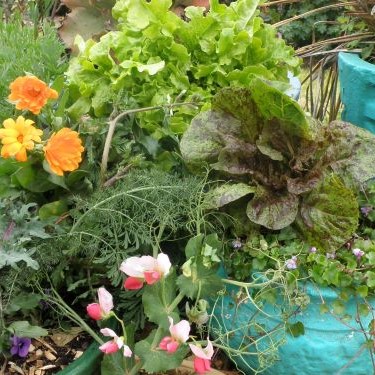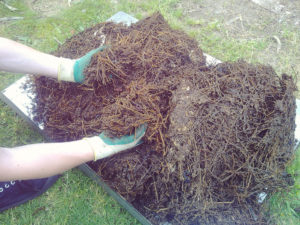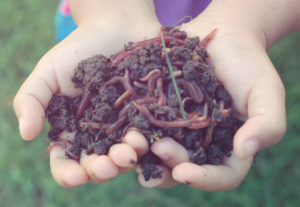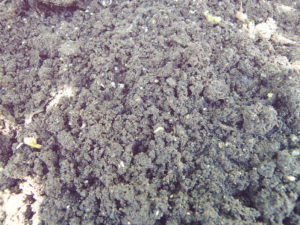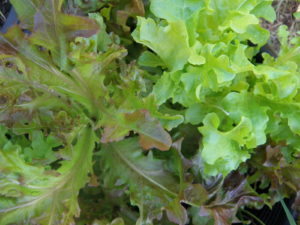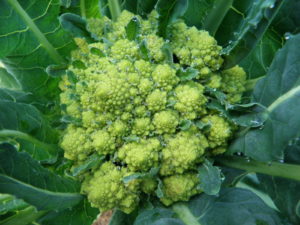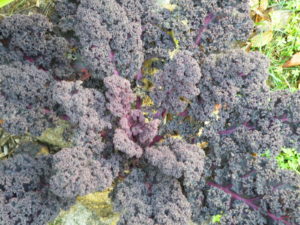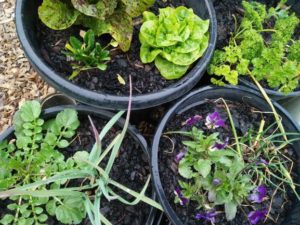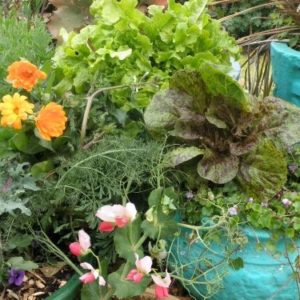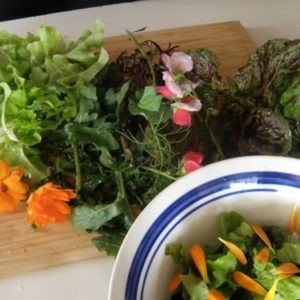Are you new to veggie gardening?
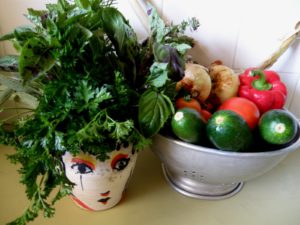
It’s wonderful to see so many people buying seeds and seedlings and getting into veggie gardening. My dream come true (except for the difficult circumstances).
So for those who are new to this venture here are some suggestions to help you get started and give you the best chance for success.
The first and most important thing is to plant what is in season now! Here in South Australia I’ve been picking our summer crops, including tomatoes, cucumbers, zucchini, eggplant and pumpkins. Please don’t try to plant these now as they won’t grow during winter in Southern Australia.
Veggies to grow now include –
- Broad beans & peas
- Garlic, onions, leeks & spring onions
- All the brassicas – cabbage, cauliflower, broccoli, kale, Chinese greens & more
- Leafy greens – lettuce, spinach & silverbeet
- Herbs – rocket, parsley & coriander among others
Unfortunately it’s too late for many root crops such as carrots, beetroot & parsnips as they will only grow slowly and then bolt to seed in the first warm weather of spring. And please don’t buy these as seedlings – they should all be grown from seed where they are to grow.
Good gardening always starts with the SOIL!! I can’t stress this enough, as veggies are heavy feeders and need rich soil, compost & fertilizer. I use homemade compost & worm castings, but if you don’t have these YET – and I strongly recommend you start both if you want good veggies – there are some good organic products on the market.
I mix in fertilizer when I plant and give the plants a boost with liquid fertilizer during their growth.
Growing broad beans & peas will enrich your soil as they are nitrogen fixers. You can use the tips of both in salads & stir fry, which will release the nitrogen into the soil. Then after you’ve harvested the tasty beans & peas, cut the plants off at the ground and put the tops in the compost.
I want you to have the BEST success, so here are some tips for those of you who are new to veggie growing –
- START SMALL – don’t try to become self-sufficient in your first go. Plant what you use the most and will grow the quickest.
- I always suggest trying a salad/stir-fry plot first – lettuce, spinach, spring onions, rocket, coriander, and any other quick growing veggies that you can use in a salad or stir-fry
- Create your garden bed close to your house so it’s convenient to look after it and use the produce
Healthy winter salad - Salad veggies & herbs grow really well in pots with good quality potting soil, slow release fertilizer pellets & a bit of compost. Don’t forget to feed with liquid fertilizer too for best results.
- PLANT WHAT’S EASY & YOU WILL USE – I know this sounds obvious, but it’s often tempting to try interesting things that you won’t really eat or difficult varieties like brussel sprouts, and get really disappointed when they don’t succeed. You can start small & easy and progress when you really get the veggie growing bug! Try the following –
- Spring onions instead of onions – useable in 12 weeks, whereas onions take 8 months
- Sprouting broccoli instead of broccoli that make one head only – you’ll have broccoli for 3 months instead of once!
- Grow coriander & rocket and let them go to seed for the next crop
When you’re harvesting all this wonderful green and lovely goodness, you might like to try new recipes, start the habit of having a beautiful winter salad, or make delicious fresh soups with noodles. The possibilities are exciting & nutritious!
If you’d like more information on soil, worms, no-dig gardening and more, please check out our posts on this website.
Wishing you the best success in your new venture of veggie gardening!
Cheers Amanda


